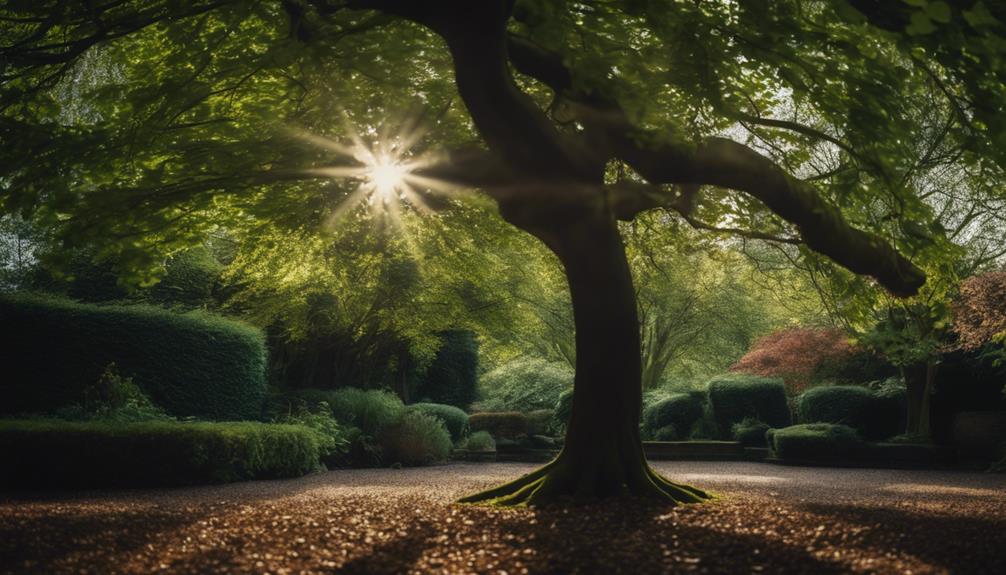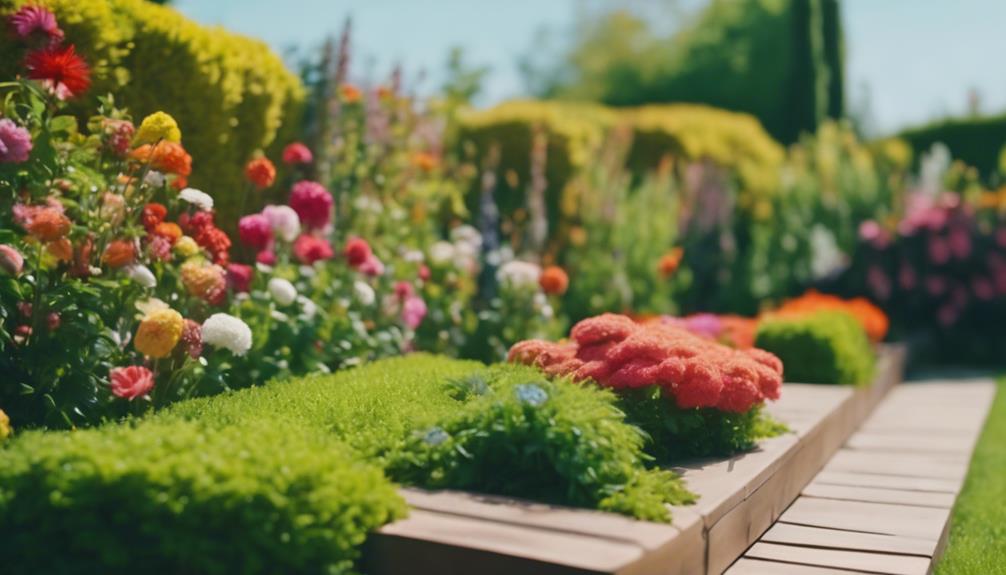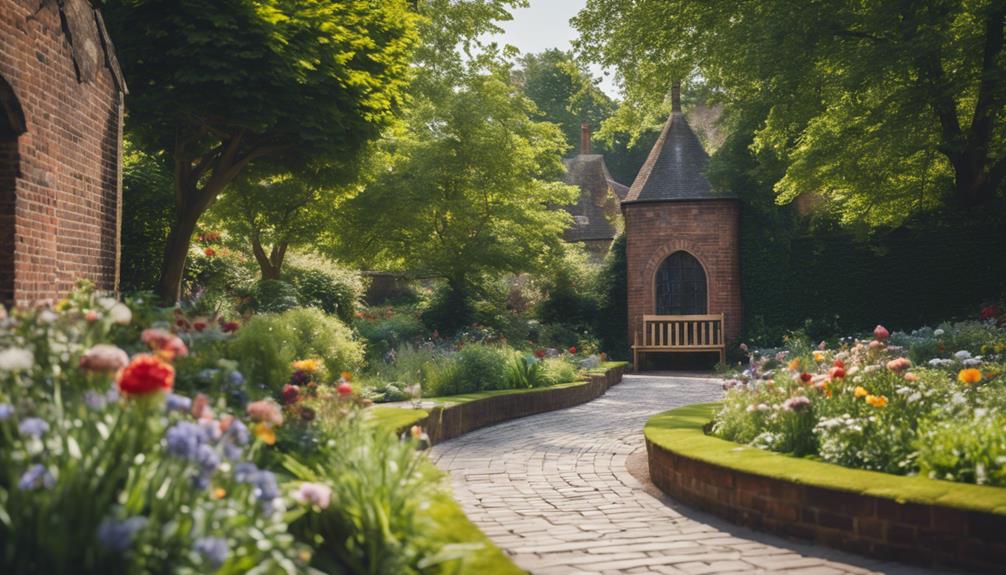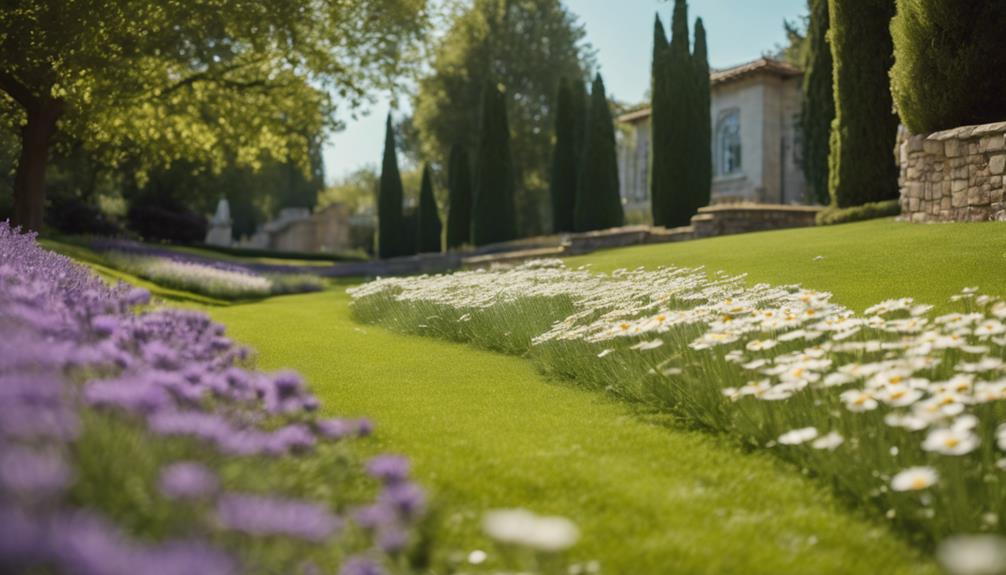
Tree Felling Smethwick
9 December 2024
Tree Pruning Halesowen
10 December 2024The Importance of Tree Pruning in Bournville
Tree pruning in Bournville isn't just a chore; it's a vital practice that keeps your trees healthy and your garden looking splendid. Think of pruning as giving your trees a much-needed haircut—one that not only enhances their appearance but also supports their growth. Regular pruning allows for better air circulation and light penetration, both essential for robust growth and a thriving landscape.
Strengthening Tree Structure
Imagine your tree as the star of the show in your garden. A well-pruned tree has a stronger structure, which means it's less likely to succumb to damage during those unpredictable British storms. Nobody wants to witness their prized oak or cherry tree bowing out of the show due to environmental stressors, right? By engaging professional tree surgeons, you ensure that the pruning is executed safely and effectively. These experts tailor their services to meet the unique needs of your trees, resulting in a healthier, more resilient landscape.
Spotting Hazards and Promoting Health
Professional tree surgeons don't just prune; they also act like your tree's personal health coach. They can identify potential hazards, such as dead branches or diseases, and recommend the best course of action. It's like having a friendly chat with your doctor about your health—only in this case, it's all about ensuring your trees flourish.
Transforming Your Outdoor Space
Now, let's talk about transformation. Proper pruning techniques can truly enhance your outdoor space. For instance, imagine a well-shaped apple tree laden with fruit, or a maple with brilliantly coloured leaves in autumn, simply because it was pruned at the right time. It's not just about how it looks; it's about creating a vibrant atmosphere that invites you to spend more time outside, soaking in the beauty of your garden.
Ready to Prune?
Feeling inspired? Don't wait for the next storm to remind you of the importance of tree care. Whether you have a solitary tree or an entire orchard, regular pruning is paramount. If you're unsure where to start, why not reach out to a local tree surgeon? They'll help you assess your trees' needs and get started on the path to a healthier garden.
For more information or to book a consultation, contact us today! Your trees will thank you, and so will your garden. ��
Importance of Tree Pruning
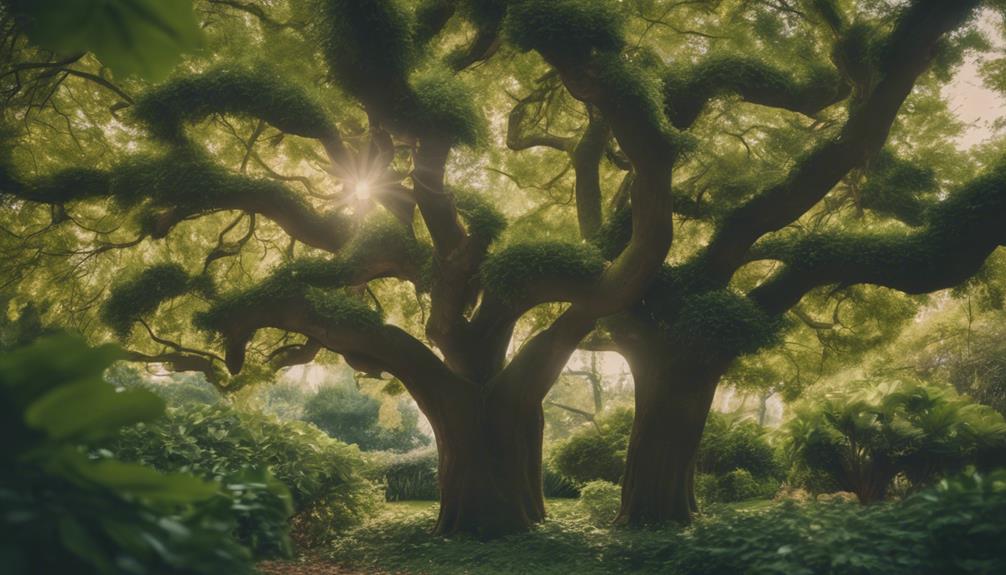
The Essential Guide to Tree Pruning
Tree pruning is not just a chore; it's a vital practice that nurtures the health and beauty of our green companions. Think of it as a haircut for trees—ensuring they look tidy while also promoting their overall well-being. By trimming specific branches, we enhance air circulation, allow light to reach all parts of the tree, and bolster its structural integrity.
Why Prune? The Benefits Explained
Removing dead or diseased wood is akin to clearing out the clutter in your attic; it helps prevent unwanted guests. Pests and diseases are less likely to take hold when we keep our trees tidy and healthy. A well-pruned tree is a resilient tree, able to withstand the whims of Mother Nature.
Moreover, strategic pruning can guide a tree's growth patterns. Whether you're aiming for a majestic oak that towers gracefully or a compact fruit tree that fits snugly in your garden, pruning is the key to achieving that perfect shape and size. Imagine sculpting a masterpiece from a block of marble—each cut brings you closer to your vision.
The Visual Appeal of Pruning
Let's face it, a well-pruned tree is simply more attractive. It adds a touch of elegance to any landscape, whether it's a grand estate or a modest backyard. Regular pruning not only enhances the aesthetic appeal but also fortifies the tree against environmental stressors like wind and heavy snow.
But how often should you prune? The answer isn't as straightforward as you might think. Different species have varying needs, and factors such as the tree's age and health come into play. As a general rule of thumb, aim for light pruning in late winter or early spring, and save the more extensive work for when trees are dormant.
Tools of the Trade
Now, let's talk about the tools you'll need. A good pair of pruning shears is essential for small branches, while loppers can tackle thicker ones with ease. For those towering trees, you might consider a pole saw. Remember, investing in quality tools pays off; they make the job easier and ensure clean cuts, which are less likely to invite disease.
If you're unsure about your pruning skills, don't hesitate to call in a professional. Local arborists can offer valuable insight and services tailored to your specific trees. It's a bit like having a personal trainer for your garden—sometimes, expert guidance is the best way to achieve your goals.
Conclusion: Take Action!
So, there you have it! Understanding the importance of tree pruning is essential for anyone keen to master the art of arboriculture. Not only does it promote health and beauty, but it also fosters a deeper connection with the natural world around us.
If you've got trees that need a little TLC, why not pick up those shears and get started? Or, if you prefer to leave it to the experts, don't hesitate to reach out to your local arborist for a consultation. Let's keep our trees healthy and happy, one prune at a time!
For more tips or to schedule a consultation, feel free to contact us at [insert contact information]. Happy pruning!
Benefits of Professional Pruning
The Transformative Power of Professional Pruning
Have you ever gazed out at your garden and thought, “It could do with a bit of a tidy-up?” Well, professional pruning might just be the answer to elevate both the health and aesthetics of your landscape. Engaging expert services for tree pruning can create a remarkable transformation, ensuring your trees are not just surviving but thriving.
Boosting Tree Health
Let's start with the basics: pruning isn't merely about making things look pretty. It's a vital practice that involves removing dead or damaged branches. This straightforward act is akin to a breath of fresh air for your trees, promoting robust growth and optimising sunlight exposure. When branches are trimmed back, trees can channel their energy more efficiently, leading to healthier foliage and sturdy trunks.
Not to mention, pruning reduces wind resistance. Imagine your tree as a sail; the less wind it catches, the less likely it is to topple during a storm. This is especially crucial in blustery British winters, where the last thing you want is a fallen branch damaging your property or, worse, injuring someone.
Shaping Your Landscape
Now, let's chat aesthetics. Skilled pruning doesn't just keep your trees healthy; it shapes them into the stunning features of your garden they were meant to be. Whether you're after the classic elegance of an oak or the whimsical charm of a flowering cherry, expert tree surgeons know just how to sculpt each tree to perfection. They'll maintain your trees at a desirable size and promote fruitfulness in species like apple trees. Just think about the joy of picking fresh apples right from your garden!
Safety First
Regular assessments during pruning also play a vital role in identifying potential hazards. A trained eye can spot diseased limbs or structural weaknesses before they become a problem. This proactive approach not only enhances the beauty of your landscape but also minimises safety risks. After all, no one wants to discover a precariously hanging branch during their afternoon tea!
The Right Tools for the Job
Now, you might be wondering, “How do I find a qualified tree surgeon?” Look for professionals who come armed with the right tools and knowledge. They should be well-versed in the latest techniques and safety protocols. A reputable service will not only ensure precision in their work but also provide peace of mind, knowing that your trees and surrounding property are in safe hands.
Making the Call
So, if your garden is crying out for a little TLC, don't hesitate to reach out to a professional tree pruning service. Your trees will thank you with vibrant growth and stunning displays, while you enjoy a beautiful and safe outdoor space. Ready to take the plunge? Contact your local tree surgeon today and watch your landscape transform!
Best Practices for Tree Maintenance
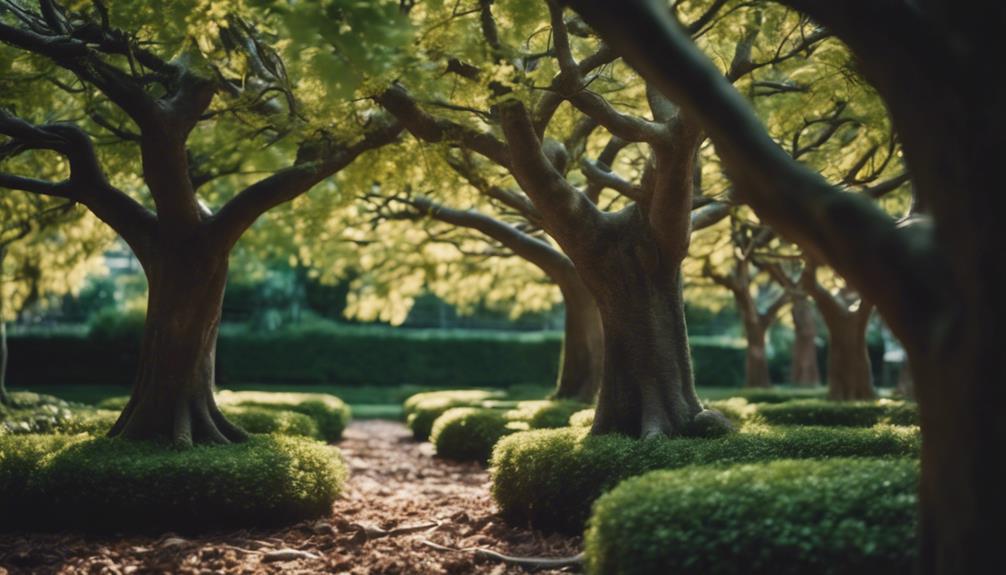
Best Practices for Tree Maintenance: Keeping Your Greenery Thriving
Effective tree maintenance is essential for ensuring the health, safety, and longevity of your landscape's arboreal features. Regular tree pruning is not just a chore; it's a vital practice that promotes robust growth, strengthens structural stability, and enhances the overall aesthetic appeal of your garden. Think of pruning as giving your trees a much-needed haircut—it's not just about looks; it's about keeping them healthy and happy!
Prune Like a Pro
When it comes to tree maintenance, engaging professionals is always a wise choice. Experts wield the right tools and possess the essential know-how to handle larger trees, which helps to mitigate risks associated with improper techniques. After all, you wouldn't want to end up trapped under an uncooperative branch—no one enjoys that kind of surprise! Scheduled trimming prevents maintenance tasks from snowballing into monumental undertakings, allowing you to keep everything manageable and organised throughout the year.
The Art of Pruning
Pruning should focus on several key objectives: reducing size, reshaping branches, and boosting sunlight penetration. It's like giving your trees a personal trainer; you're helping them grow stronger and more resilient to wind. Remember, a well-pruned tree is not only more aesthetically pleasing but also less likely to suffer from disease. A local tree surgeon will know precisely how to tailor their services to your unique landscape needs, ensuring that your trees remain in tip-top condition while leaving your property looking spick and span.
Keeping Things Tidy
Let's be honest—nobody wants a messy garden. By prioritising these tree maintenance practices, you can enjoy a thriving landscape that not only looks good but feels good too. Your trees will be the envy of the neighbourhood, standing tall and proud while you sip your tea and admire your handiwork.
Get Started Today!
Don't wait for your trees to become a tangled mess; take action now! If you need recommendations for local tree surgeons or advice on the best pruning techniques, feel free to reach out. Your trees deserve the best care, and so do you!
Choosing a Local Tree Surgeon
Choosing the Right Local Tree Surgeon: A Handy Guide
Selecting a local tree surgeon can feel a bit like finding a needle in a haystack, but with the right approach, it doesn't have to be a daunting task. Here's how to ensure your beloved trees receive top-notch care while keeping your peace of mind intact.
Qualifications Matter
First off, qualifications are your first port of call. Look for professionals with relevant certifications, such as Arborist qualifications. These certificates showcase a tree surgeon's expertise in tree health, maintenance, and safe practices. It's akin to choosing a doctor; you wouldn't want just anyone operating on you, would you?
Experience Counts
Next on the list is experience. A seasoned tree surgeon has likely seen it all—from pesky pests to stubborn branches. They can quickly assess the condition of your trees and implement the right interventions. Think of it like a chef who's spent years perfecting their signature dish; they know what works and what doesn't.
Check Customer Reviews
Don't forget to dive into customer reviews. These insights can be gold dust when it comes to gauging reliability and service quality. Look for feedback that speaks to their professionalism and the results achieved. A happy customer is often a good indicator that the tree surgeon will take care of your leafy friends just as well.
Safety and Eco-Friendliness
In today's world, adherence to safety standards and environmentally friendly practices is non-negotiable. Ask potential tree surgeons about their safety protocols—after all, you want your trees tended to without any accidents. Plus, a commitment to eco-friendly methods ensures your garden remains a haven for wildlife.
Making the Decision
By weighing these factors—qualifications, experience, customer feedback, and safety practices—you'll enhance your chances of finding a skilled tree surgeon who genuinely cares about the health and aesthetics of your trees.
So, if your trees are in need of a little TLC, don't hesitate! Reach out to your local tree surgeons today. Give them a call, ask your questions, and see who resonates with you. Remember, a well-cared-for tree not only adds beauty to your garden but can also improve your property's value.
Final Thoughts
In a nutshell, taking the time to research and choose a qualified tree surgeon can make all the difference. Your trees deserve the best, and with a little effort, you can find the right professional to help them thrive. Happy tree tending!
For more information or to get a quote, contact your local tree surgeons today!
Additional Tree Care Services
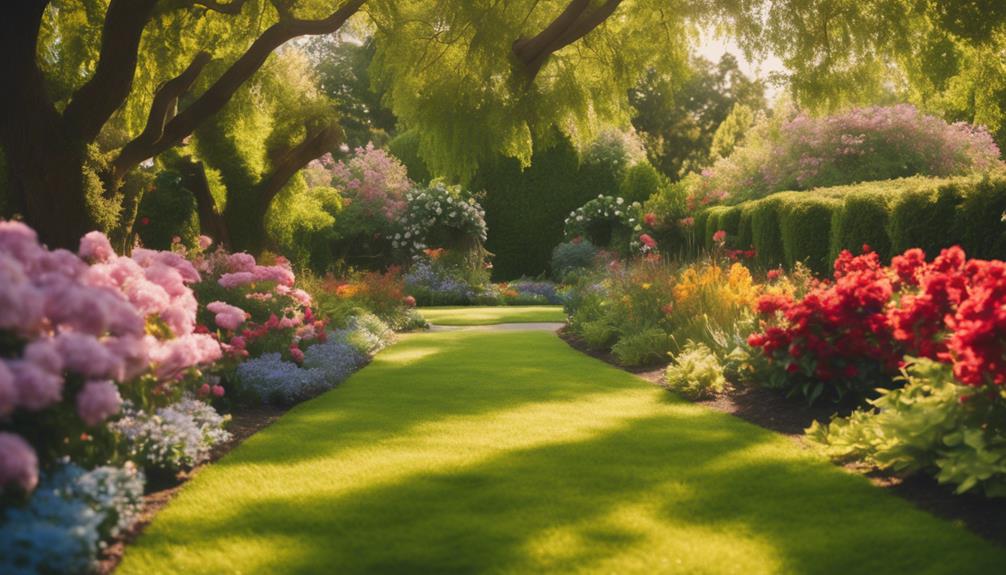
Enhance Your Trees with Supplementary Care Services
When it comes to ensuring your trees thrive in your garden or yard, a range of supplementary tree care services can make all the difference. These services not only enhance the health of your trees but also extend their lifespan, allowing them to contribute to your landscape for many years.
The Importance of Tree Planting
First up, let's talk about tree planting. Simply sticking any old sapling in the ground won't do; it's crucial to choose species that are well-suited to your local conditions. Imagine trying to grow a tropical plant in the chilly British climate—it's not going to end well! A professional can help you select the right varieties that will flourish in your environment, setting the stage for a vibrant, healthy garden.
Stump Grinding: Out of Sight, Out of Mind
After a tree is felled, the remnants often linger in the form of unsightly stumps. Stump grinding is a service that removes these pesky leftovers, eliminating potential hazards and enhancing the overall look of your outdoor space. Nobody wants to trip over a stubborn stump while enjoying a summer barbecue, right? Plus, it clears the way for new planting opportunities.
Mulching for Health and Harmony
Let's not overlook the magic of mulching. This simple practice helps retain moisture in the soil, suppressing those pesky weeds that seem to pop up overnight. Think of mulch as a protective blanket for your plants, keeping them snug while they soak up the sun. It's a win-win situation: your trees stay hydrated, and your garden looks tidy.
Soil Aeration: Breathing New Life into Roots
Now, if your trees could talk, they'd probably ask for soil aeration. This process involves perforating the soil with holes to allow air, water, and nutrients to penetrate down to the roots. Just like us, trees need a good breath of fresh air! Aeration encourages robust root development, helping your trees absorb what they need to grow strong and healthy.
Regular Health Assessments by Experts
Let's face it—sometimes, we need a bit of help. Regular health assessments by certified arborists can pinpoint issues before they escalate into major problems. These experts know how to spot the warning signs that might escape the untrained eye. Think of them as the tree whisperers, ensuring your leafy friends are in tip-top shape.
Integrating these services into your tree management plan doesn't just benefit your trees; it also fosters a balanced ecosystem. A healthy tree contributes to greater biodiversity and environmental resilience in your landscape, which is something we can all appreciate.
Take Action Today!
Frequently Asked Questions
What Are the Best Days for Pruning Trees?
The Optimal Time for Pruning Trees: A Gardener's Guide
If you've ever found yourself staring at your garden, pondering when to give your beloved trees a good trim, you're not alone. Ironically, the best days for tree pruning usually fall when the trees are in a bit of a slump—specifically, during their dormant season. This period typically spans from late winter to early spring.
Why Dormancy Matters
During dormancy, trees conserve energy and focus on surviving the cold. This makes it an ideal time for pruning because it significantly minimises the risk of disease. Think of it like a spa day for your trees; they get a little TLC without the stress of active growth. By pruning at this time, you're setting them up for robust growth when the warmer months roll around.
Timing is Everything
Now, you might be wondering, “When exactly in late winter or early spring should I prune?” A good rule of thumb is to wait until the frost has passed but before the buds start to swell. In many areas of the UK, this means late February to early March. Keep an eye on the weather—if you can still see your breath in the morning, it's probably a good time to grab those shears!
Tools of the Trade
Before you dash outside, ensure you're equipped with the right tools. A pair of sharp, clean pruning shears is essential for making clean cuts that heal quickly. If you're tackling larger branches, consider a loppers or a pruning saw. And don't forget the gloves; no one wants to be nursing cuts while trying to beautify their garden!
The Benefits of Pruning
Pruning isn't just about aesthetics; it serves several vital purposes. For starters, it helps to improve air circulation and sunlight penetration, both of which are crucial for healthy growth. It can also reduce the risk of falling branches, which is particularly important if you live in an area prone to storms. Think of it as giving your trees a haircut—keeping them looking tidy while ensuring they remain healthy and strong.
A Word to the Wise
While pruning is beneficial, it's important not to go overboard. A common mistake is to remove too much foliage, which can shock the tree and hinder its growth. Always aim for a third or less of the tree's foliage during any one pruning session.
When Should You Hard Prune a Tree?
When to Hard Prune a Tree: A Guide to Keeping Your Greenery Healthy
Ah, the age-old question for tree lovers: when is the right time to give your beloved tree a good hard prune? Well, gather round, because it's during the dormant season that you'll want to wield those pruning shears! Ideally, aim for the window between late winter and early spring. Why this specific timing, you ask? Let's dive in.
Minimising Stress on Your Trees
Pruning while trees are still asleep is akin to waking someone up just before they hit the snooze button—it's a gentle wake-up call. During this dormancy period, trees are not actively growing, meaning they can handle a bit of a haircut without too much fuss. Hard pruning at this time reduces stress on the tree, which is crucial for its overall health. Think of it as giving your tree a well-deserved spa treatment, setting it up for a flourishing spring.
Promoting Healthy Regrowth
Now, let's talk about regrowth. Hard pruning can stimulate new growth, allowing your tree to flourish with fresh leaves and blossoms come spring. By cutting back on old, dead, or diseased branches, you're not just tidying up; you're encouraging healthy regeneration. Picture it like spring cleaning for your tree—out with the old, in with the new!
Structural Restoration
Sometimes, trees can end up looking a bit like a scruffy teenager with unruly hair. If your tree has lost its shape or has sustained damage, hard pruning can be the remedy. It's a chance to restore structure and balance, ensuring your tree stands tall and proud. Think of it as giving your tree a stylish new haircut—it might take a bit of bravery, but the results can be impressive.
Final Thoughts
So, as you ponder the right time to hard prune your tree, remember this golden window of opportunity. Late winter to early spring is your best bet for minimising stress, promoting regrowth, and restoring structure. Grab your pruning shears and get ready to help your tree shine.
If you're unsure where to start or have specific questions about your tree, don't hesitate to reach out! Whether it's a cheeky chat over tea or a site visit, we're here to help your greenery thrive. Happy pruning!
How Long Does It Take for a Tree to Recover From Pruning?
How Long Does It Take for a Tree to Bounce Back After Pruning?
Ah, the age-old question: how long does it take for a tree to recover from pruning? Well, it's a bit of a mixed bag, really. The recovery journey can vary significantly, stretching from just a handful of seasons to several years. This timeline largely hinges on a few crucial factors, including the tree species, its overall health, and the quality of the pruning itself.
The Role of Species and Health
Different tree species have their own quirks when it comes to recovery. For instance, deciduous trees, like oaks and maples, often bounce back faster than some evergreens, such as pines. This is because deciduous trees are generally more adept at sprouting new growth after a good chop. If your tree is in tip-top shape before the snip, it stands a better chance of a speedy recovery. Conversely, if it's battling pests or disease, you might be looking at a longer wait.
Pruning Techniques Matter
Now, let's talk about the art of pruning. It's not just a case of wielding shears and hoping for the best. Using the right techniques and timing can significantly enhance a tree's healing process. For example, pruning during the dormant season—typically late winter to early spring—can help your tree focus its energy on growth when the warmer weather arrives. Proper cuts, made at the right angles and locations, can also prevent unnecessary stress and promote healthier regrowth.
Patience is Key
Remember, recovery isn't an overnight affair. Trees need time to adjust and adapt, much like us after a tough workout or a bad haircut! In the first season after pruning, you may notice some new growth, but it might take a couple of years for your tree to regain its former glory. It's like watching a child grow; sometimes you look up and realise they've shot up overnight!
Keeping Up with Care
To support your tree during its recovery, keep an eye on its needs. Ensure it gets enough water—especially in those hot summer months—and consider using a balanced fertiliser to give it an extra boost. Think of it as a little TLC for your leafy companion.

